A crusher is a crushing machine used to crush concrete or stones into small particles through squeezing, bending, impact, and other means. It is widely used in various fields such as construction waste treatment, mining, smelting, building materials, highways, railways, water conservancy, and chemical industry. There are various types of crushers, including jaw crushers, impact crushers, hammer crushers, cone crushers, roller crushers, etc., each with its own characteristics and suitable for different crushing operation needs.
A crusher refers to a crushing machinery in which the content of particles larger than three millimeters in the discharge accounts for more than 50% of the total discharge volume. Crushing operations are often divided into coarse crushing, medium crushing, and fine crushing according to the size of the feeding and discharging particles.
The commonly used crushing machinery includes jaw crushers, gyratory crushers, cone crushers, roller crushers, hammer crushers, and impact crushers.
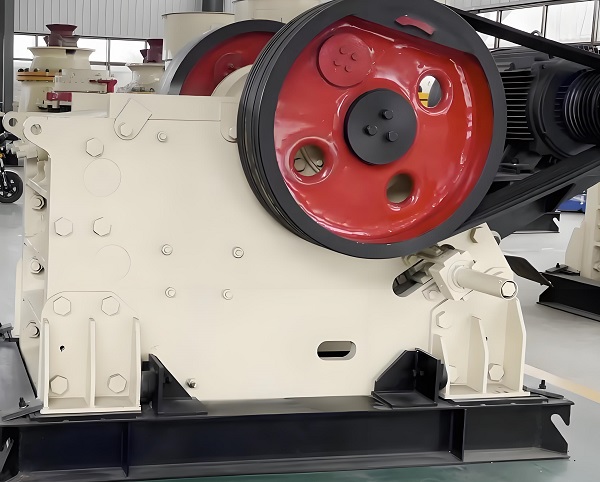
1. Jaw crusher: Jaw crusher is a crushing machinery that uses the squeezing and bending effects of two jaw plates on materials to roughly or moderately crush various hardness materials. The crushing mechanism consists of a fixed jaw plate and a movable jaw plate. When the two jaw plates approach, the material is crushed. When the two jaw plates leave, the material blocks smaller than the discharge port are discharged from the bottom. Its breaking action is intermittent. This type of crusher is widely used in industrial sectors such as mineral processing, building materials, silicates, and ceramics due to its advantages of simple structure, reliable operation, and ability to crush hard materials.
There are two commonly used types of jaw crushers: double elbow crushers and single elbow crushers. The former only performs simple circular arc swinging during operation, so it is also known as a simple swinging jaw crusher; The latter moves up and down while oscillating in a circular arc, so it is also known as a complex oscillating jaw crusher.
The up and down movement of the jaw plate of the single elbow plate type jaw crusher promotes discharge, and its upper horizontal stroke is greater than that of the lower part, making it easier to crush large pieces of material. Therefore, its crushing efficiency is higher than that of the double elbow plate type. Its disadvantage is that the jaw plate wears out quickly, and the material may be over crushed, resulting in increased energy consumption. In order to protect the important components of the machine from damage caused by overload, elbow plates with simple shapes and small sizes are often designed as weak links, so that they first deform or break when the machine is overloaded.
In addition, in order to meet the requirements of different discharge particle sizes and compensate for the wear of the jaw plate, a discharge port adjustment device has been added, usually by adding adjustment shims or wedges between the elbow plate seat and the rear frame. But in order to avoid affecting production due to the replacement of damaged parts, hydraulic devices can also be used to achieve safety and adjustment. Some jaw crushers also directly use hydraulic transmission to drive the moving jaw plate to complete the material crushing action. These two types of jaw crushers that use hydraulic transmission devices are often collectively referred to as hydraulic jaw crushers
2. Rotary crusher
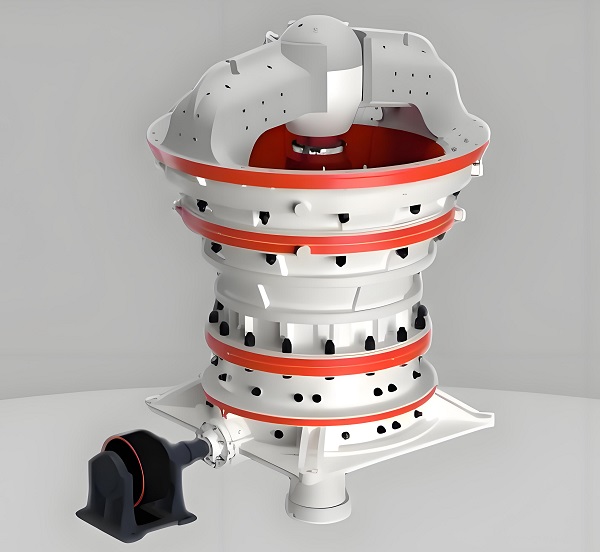
A gyratory crusher is a large-scale crushing machinery that uses the rotational motion of the crushing cone in the cone cavity of the shell to produce squeezing, splitting, and bending effects on materials, and roughly crushes ores or rocks of various hardness. The upper end of the main shaft equipped with a crushing cone is supported in the sleeve in the middle of the crossbeam, and its lower end is placed in the eccentric hole of the shaft sleeve. When the shaft sleeve rotates, the crushing cone undergoes eccentric rotation around the centerline of the machine, and its crushing action is continuous, resulting in higher work efficiency than jaw crushers.
There are two ways to adjust the discharge port and overload insurance for the gyratory crusher: one is to use mechanical methods, with an adjustment nut on the upper end of the main shaft. By rotating the adjustment nut, the crushing cone can be lowered or raised, making the discharge port larger or smaller accordingly. When overloaded, the insurance is achieved by cutting off the safety pin on the transmission pulley; The second type is a hydraulic gyratory crusher that uses hydraulic means. Its main shaft is located on the plunger inside the hydraulic cylinder. By changing the volume of hydraulic oil under the plunger, the upper and lower positions of the crushing cone can be changed, thereby changing the size of the discharge port. When overloaded, the downward pressure of the spindle increases, forcing the hydraulic oil under the plunger to enter the accumulator in the hydraulic transmission system, causing the crushing cone to descend to increase the discharge port and discharge non crushing materials (such as iron and wood blocks) that enter the crushing chamber with the material to achieve safety.
3. Cone crusher
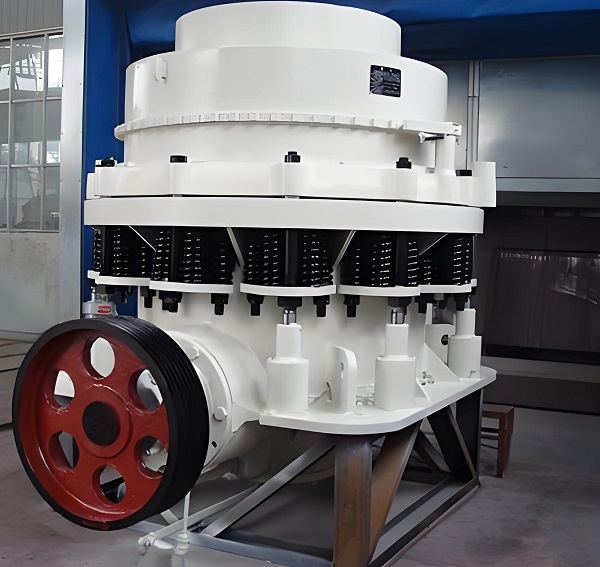
The working principle of a cone crusher is the same as that of a gyratory crusher, but it is only suitable for crushing machinery used in medium or fine crushing operations. The uniformity of discharge particle size in medium and fine crushing operations is generally higher than that required in coarse crushing operations. Therefore, a parallel zone must be set up at the lower part of the crushing chamber, and the rotation speed of the crushing cone must be accelerated so that the material is subjected to more than one compression in the parallel zone.
The crushing of medium and fine crushing operations is larger than that of coarse crushing operations, so the loose volume after crushing increases significantly. To prevent possible blockage of the crushing chamber, it is necessary to increase the total discharge cross-section by increasing the diameter of the lower part of the crushing cone without increasing the discharge port to ensure the required discharge particle size.
The discharge port of the cone crusher is relatively small, and non crushed materials mixed into the feed are more likely to cause accidents. Moreover, due to the strict requirements for discharge particle size in medium and fine crushing operations, the discharge port must be adjusted in a timely manner after the lining plate wears out. Therefore, the safety and adjustment devices of the cone crusher are more necessary than those in coarse crushing operations.
When the Simon type spring safety cone crusher is overloaded, the conical shell forces the spring to compress and raise itself, in order to increase the discharge port and discharge non crushed materials. The adjustment of the discharge port is carried out by adjusting the sleeve. By rotating the adjustment sleeve fixed to the shell, the threads on its outer circumference can be used to drive the shell up or down, thereby changing the size of the discharge port. The safety and adjustment methods of hydraulic cone crusher are the same as those of hydraulic gyratory crusher.
4. Roller crusher
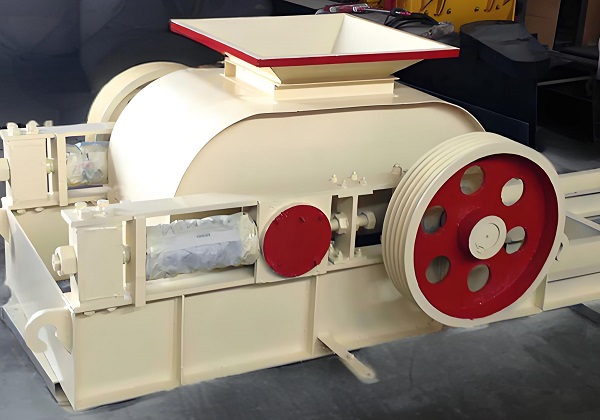
Roller crusher is a mechanical device that uses the frictional force of the roller surface to bite the material into the crushing zone, causing it to withstand compression or splitting and be crushed. When used for coarse crushing or when increasing the crushing ratio, teeth or grooves are often made on the roller surface to increase the splitting effect. Roller crushers are usually divided into single roller, double roller, and multi roller crushers according to the number of rollers, suitable for coarse, medium, or fine crushing of materials below medium hardness such as coal, limestone, cement clinker, and feldspar.
Hammer crusher is a crushing machinery that uses the high-speed impact of the hammer head to perform intermediate and fine crushing operations on materials. The hammerhead is hinged to a high-speed rotating rotor, and a grate is installed at the lower part of the body to control the particle size of the discharge. The material fed into the crusher is first crushed by the impact of the high-speed hammer head, and at the same time gains kinetic energy, flying at high speed towards the crushing plate on the inner wall of the casing and being crushed again. The material smaller than the gap between the grates is discharged outside the machine, and the material blocks larger than the gap between the grates are again impacted and ground by the hammer on the grates until they are discharged after being smaller than the gap between the grates.
5. Hammer crusher
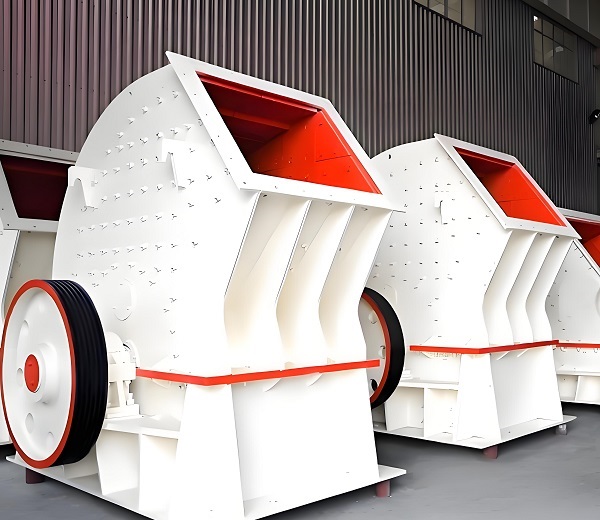
Hammer crusher has the advantages of high crushing ratio, uniform discharge particle size, less over crushed material, and low energy consumption. However, due to the rapid wear of the hammer head, its application in crushing hard materials is limited; In addition, due to the fear of blockage, grates are not suitable for crushing materials with high humidity and clay content. This type of crusher is usually used to crush brittle materials below medium hardness, such as limestone, shale, coal, gypsum, chalk, etc.
Replacing the hammer head of the hammer crusher with a steel ring ring ring coal crusher is a variation of the hammer crusher. It utilizes the combined effect of high-speed impact and low-speed rolling to crush materials, thus obtaining finer products. It is mainly used to crush coal for power plants, but can also be used for crushing gypsum, salt chemical raw materials, and some medium hard materials.
6. Counterattack crusher
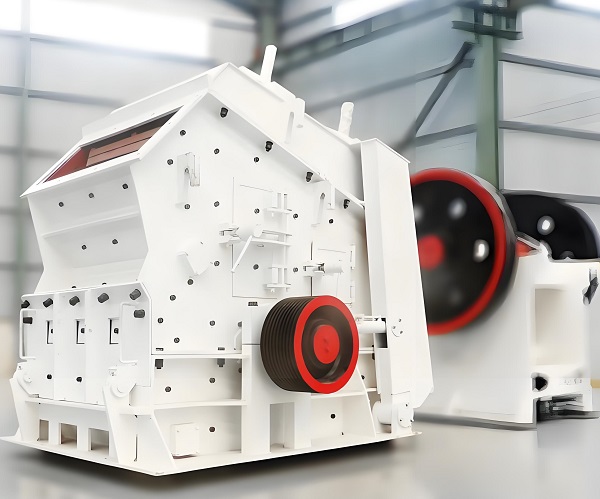
A counterattack crusher is a mechanical device that uses the high-speed impact of a plate hammer and the rebound effect of a counterattack plate to repeatedly impact and crush materials. The plate hammer is fixed on the high-speed rotating rotor and several impact plates are arranged at different angles along the crushing chamber.
The material enters the action area of the plate hammer and is first shattered by the first impact of the plate hammer, while also gaining kinetic energy and rushing towards the counterattack plate at high speed. After colliding with the counterattack plate and breaking again, the material is bounced back to the action area of the plate hammer and re impacted by the plate hammer. Repeat this process until it is crushed into the required particle size and discharged from the machine.
Compared with hammer crushers, impact crushers have a larger crushing ratio and can more fully utilize the high-speed impact energy of the entire rotor. However, due to the high wear and tear of the plate hammer, its application in crushing hard materials is also limited. It is usually used for coarse, medium, or fine crushing of brittle materials below medium hardness, such as limestone, coal, calcium carbide, quartz, dolomite, sulfide iron ore, gypsum, and chemical raw materials.
As a core equipment in industries such as construction waste treatment and ore processing, crushers play an irreplaceable role in the development of modern cities due to their strong crushing capacity and wide range of applications. With the continuous advancement of technology, crushers are becoming more intelligent and efficient in design, which not only improves crushing efficiency and particle size control accuracy, but also effectively reduces energy consumption and emissions, achieving green production. In the future, the crusher industry will continue to develop towards large-scale, intelligent, and environmentally friendly directions to meet the needs of efficient resource utilization and sustainable development. At the same time, strengthening technological innovation and equipment maintenance to ensure the long-term stable operation of crushers is of great significance for ensuring production efficiency and promoting industrial upgrading.
Save Time! Get A Detailed Quotation Quickly.
